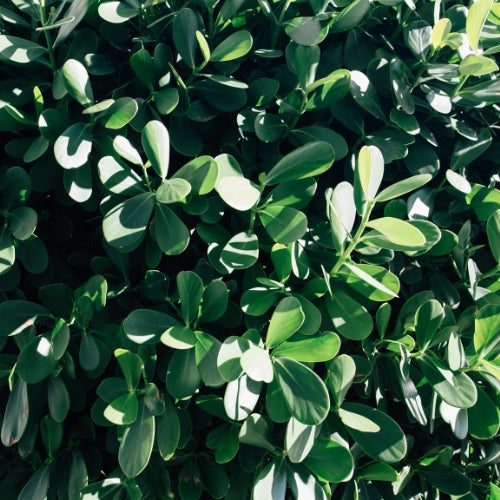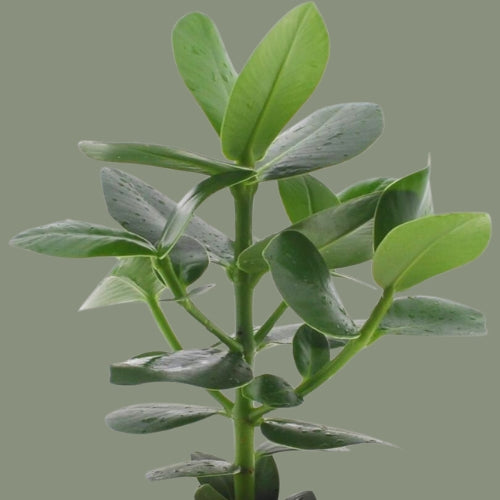
Plant Care Guide
Clusia
Watering Needs
Watering Needs
Sunlight Requirements
Sunlight Requirements
Humidity & Temperature
Humidity & Temperature
Soil & Potting
Soil & Potting
Fertilization
Fertilization
Pruning & Maintenance
Pruning & Maintenance
Common Problems & Solutions
Common Problems & Solutions
Toxicity & Pet Safety
Toxicity & Pet Safety
Growth & Repotting
Growth & Repotting
Propagation
Propagation
Plant Attributes & Benefits
Plant Attributes & Benefits
Care Difficulty Level
Care Difficulty Level
Seasonal Care Tips
Seasonal Care Tips

Frequently Asked Questions





